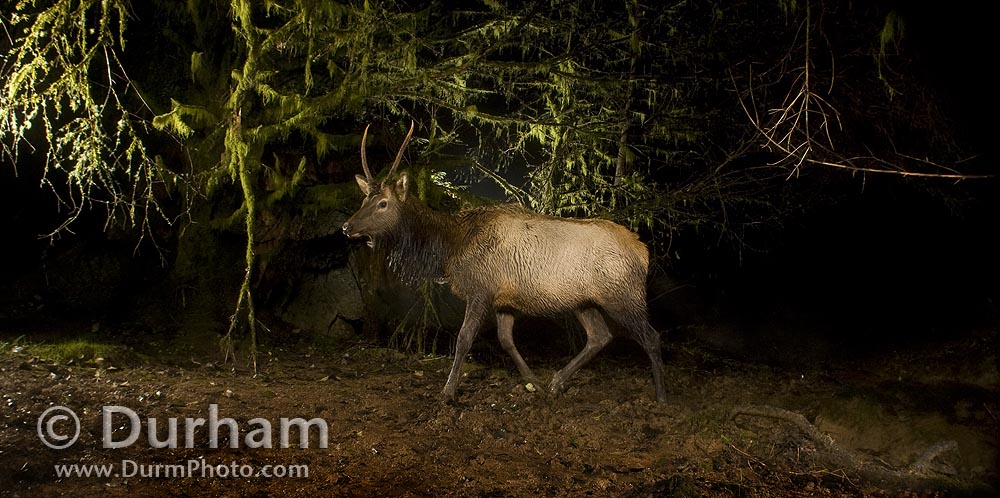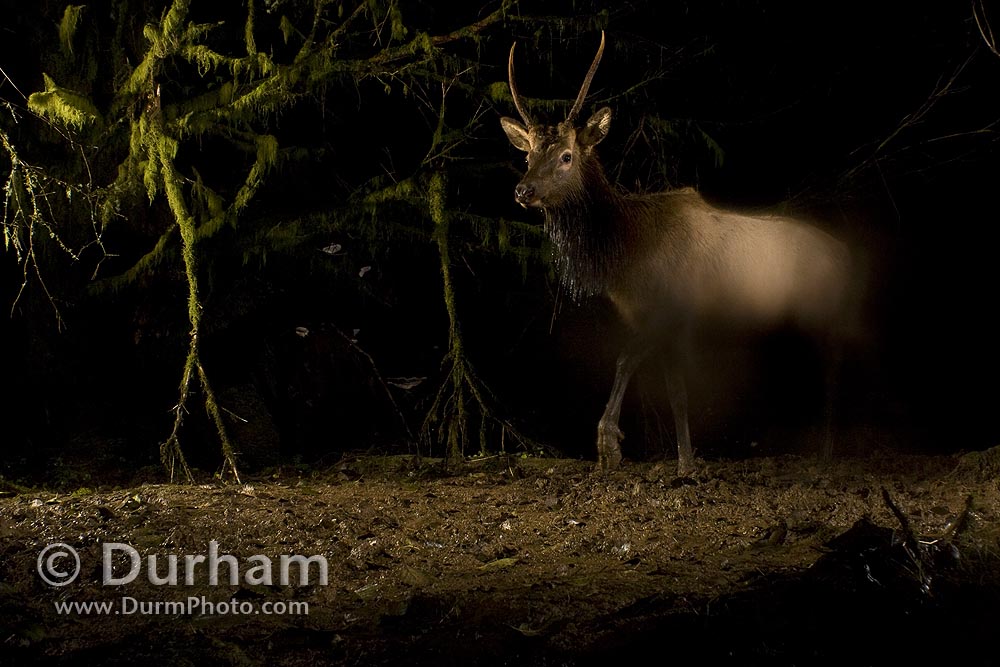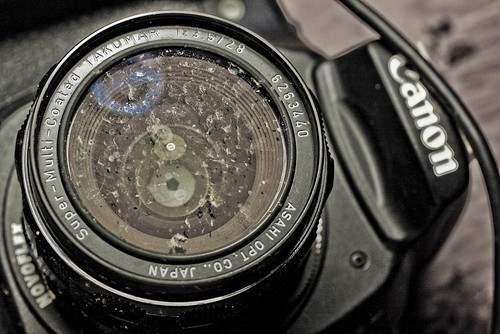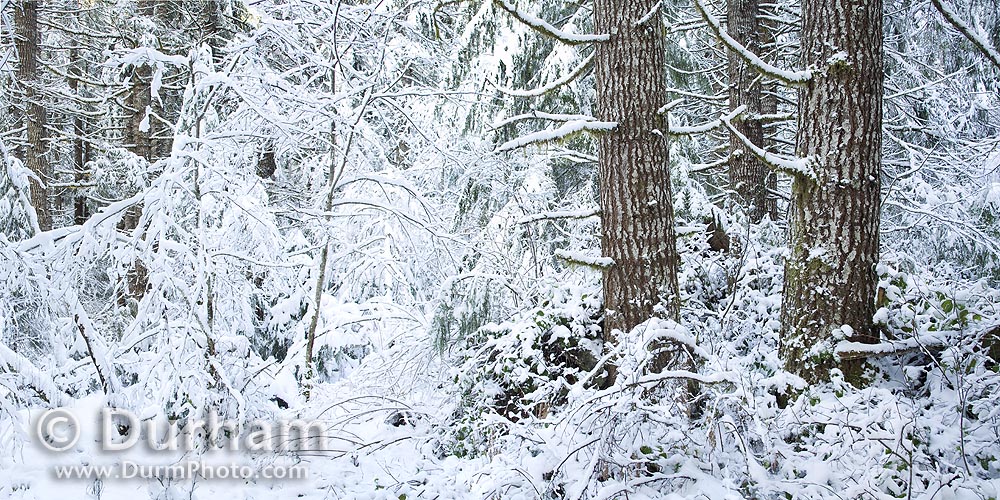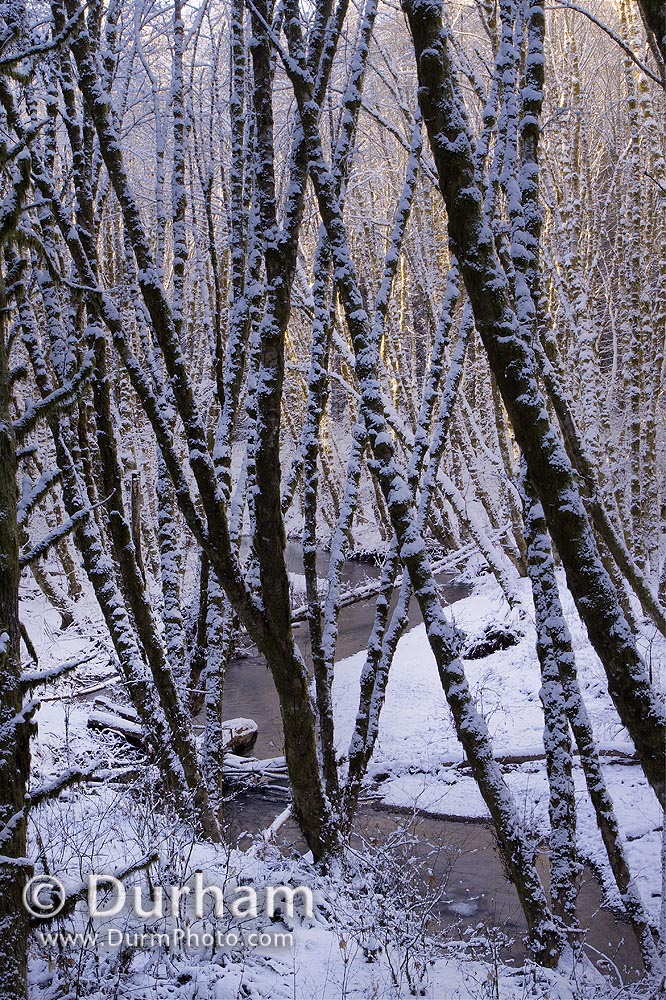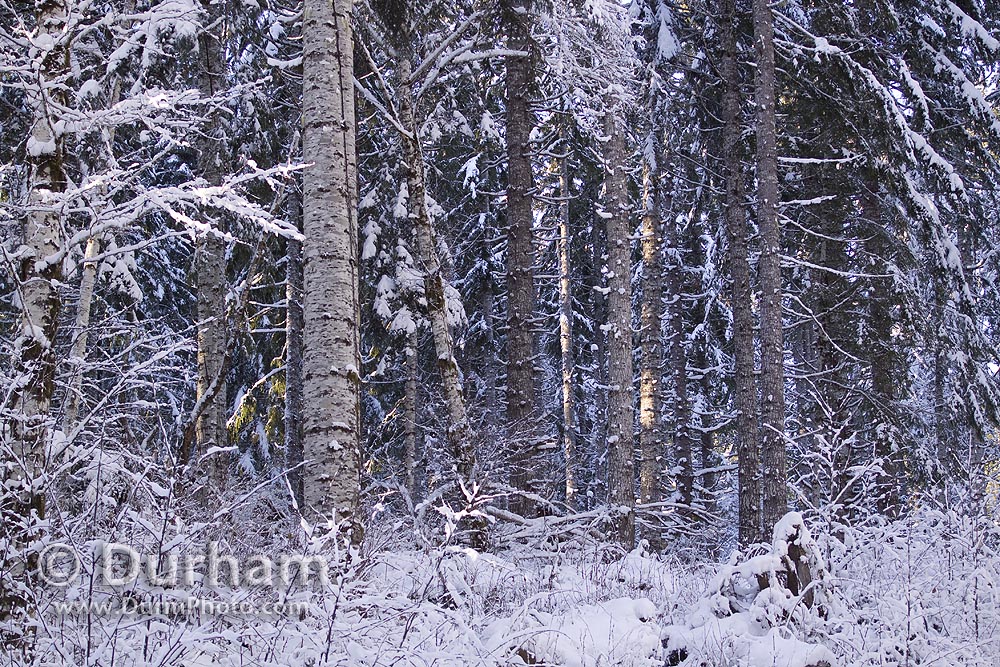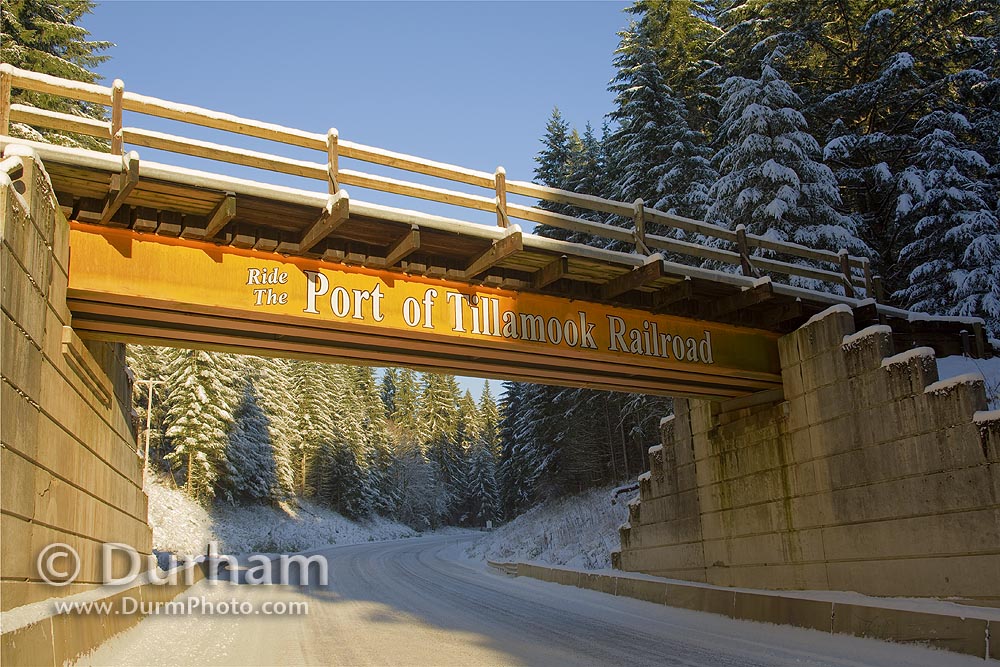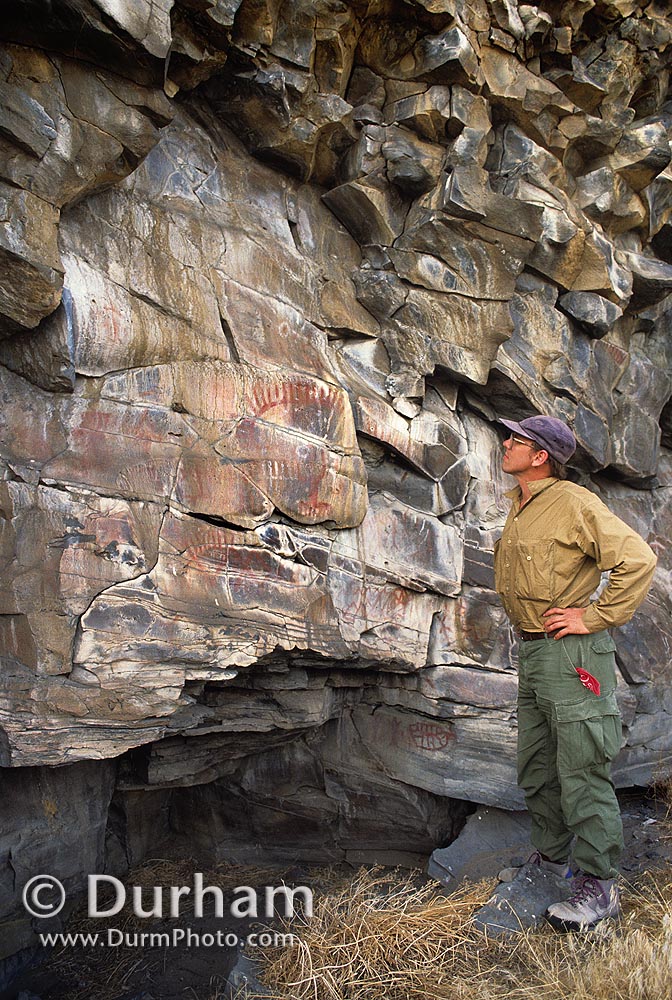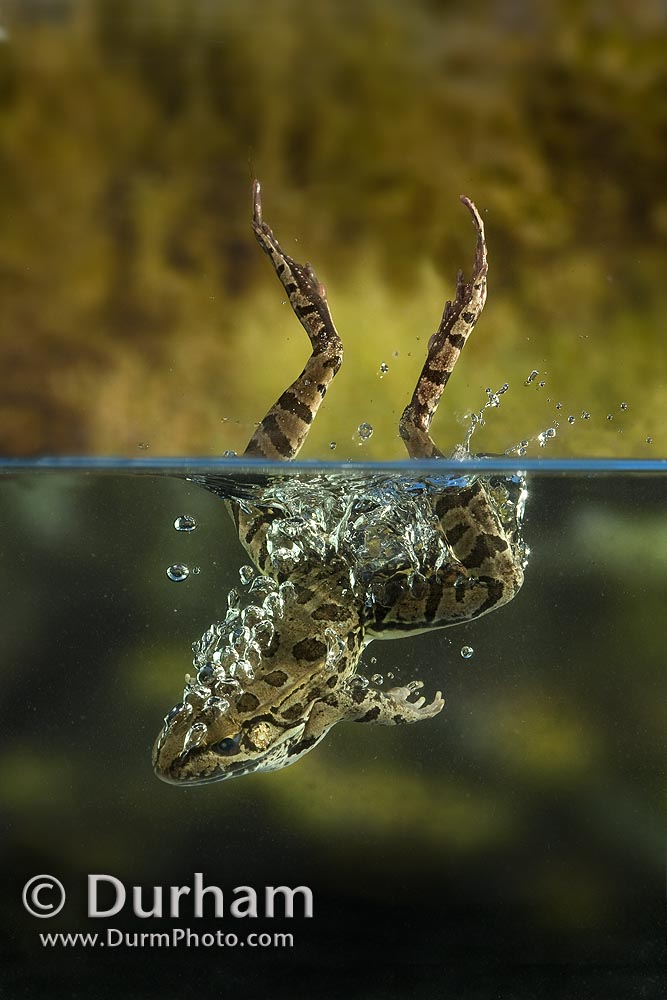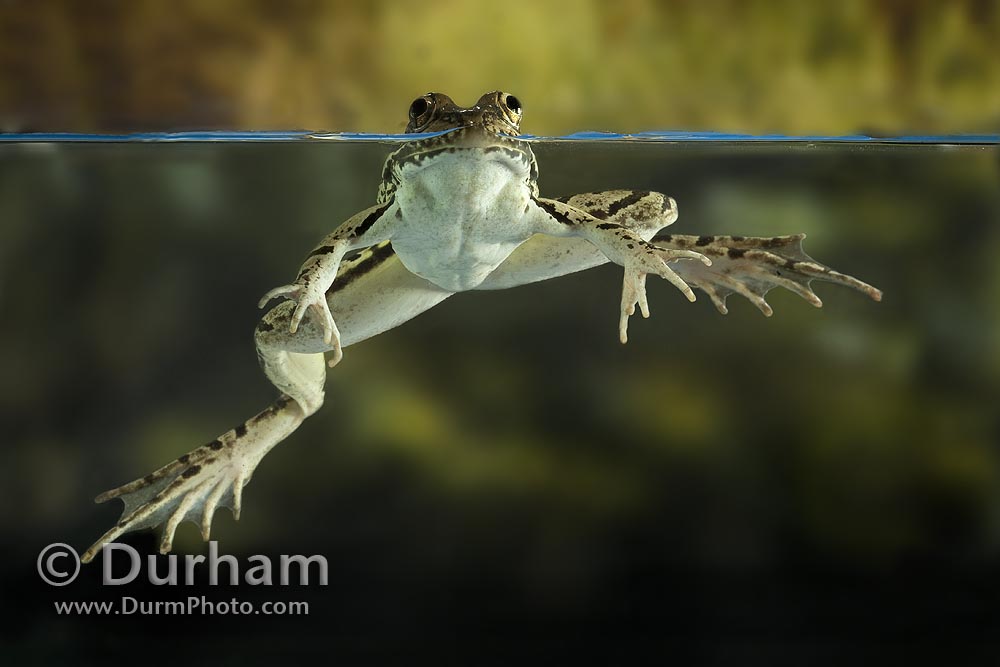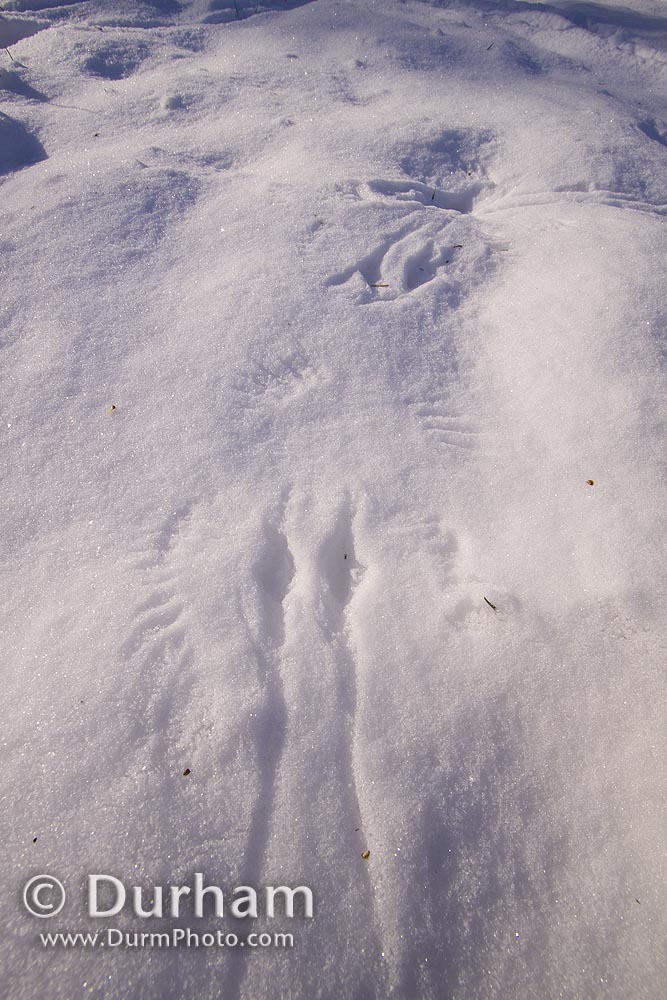
Mole? I don't think so. The scale seems wrong and this creature was very active above the surface.

What makes the radiating pattern?
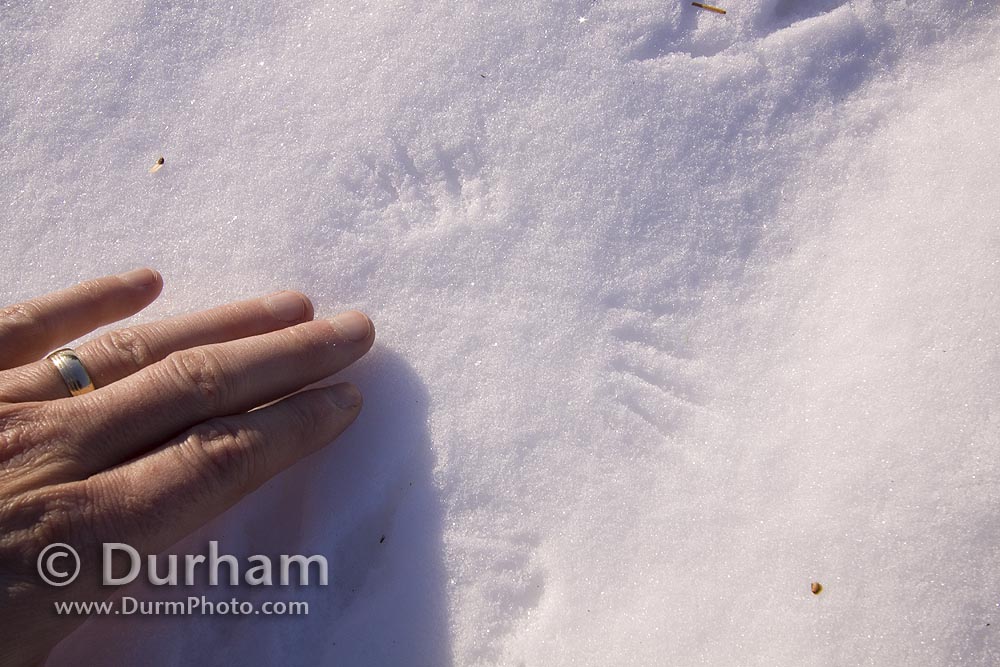
These were all over the place, in an open field right next to a bit of forest. It this is a small mammal (as I suspect), then it would be a prime target for birds of prey in this environment.

I need to call in the experts.

